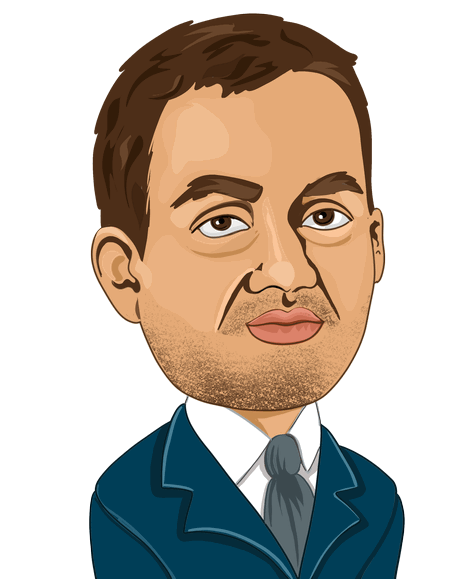

At the start of 2022, the rates market expected the Fed policy rate to end the year at 1%. It turned out to be 4.5% – one of the biggest market errors in decades (Chart 1).
At the start of 2022, the rates market expected the Fed policy rate to end the year at 1%. It turned out to be 4.5% – one of the biggest market errors in decades (Chart 1).
Subscribe to Macro Hive Professional to read this article
and enjoy exclusive professional features such as in-depth analysis, insightful op-eds, and more.
Already have Macro Hive Professional account? Log in
